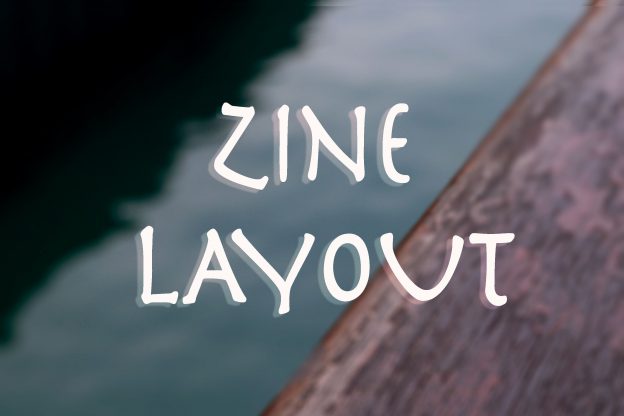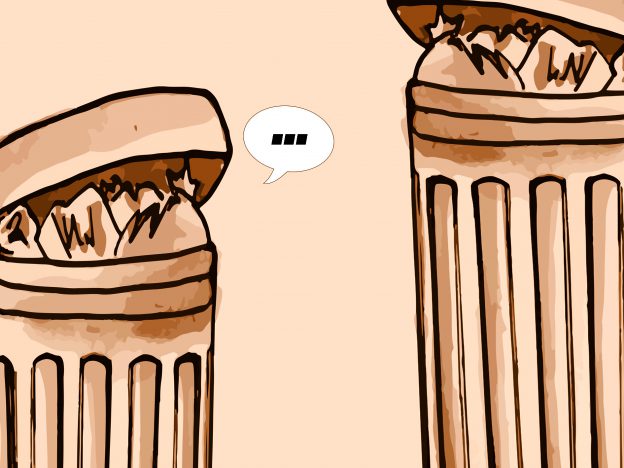














Month: March 2017
2D II | Neighbourhood Research
When we returned from our first semester break, we were all tasked to list down one or a few places that we are familiar with. Little did I know that this was part of our 2D project – we were assigned a neighbourhood that we are UNfamiliar with to explore and find out the “interesting” features about the subject area.
I was allocated to Sengkang (secretly hoping to get Changi lol.) But oh well, let’s keep an open mind, shall we? Sengkang in my mind, was just a place almost reaching the far end of the Purple Line and it also seems like a place with parks and greens everywhere (which proved to be true too!). Literally there was nothing fun I can think of when it comes to this location. As usual, I went on to Google “things to do in Sengkang” but all I get was the typical stuffs such as riverside park, wetland, complex, food etc. 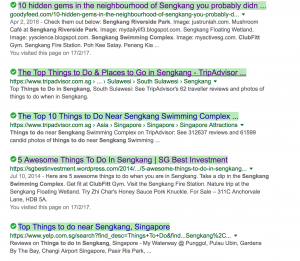
No way I’m going to build my zine around nature theme so I decided to JUST GO there and I will figure the things out later.
As expected, all I could see is HDBs and MORE of them as I walked around; maybe just a change of colours.
- Idea #1: A series of visuals about flats and its somewhat interesting architecture
I chanced upon Jalan Kayu (a malay term of “wooden road”) while I was exploring Fernvale. Why is it called wooden road?? I find it rather unique as compared to other areas’ name. Curious, I googled about Jalan Kayu and it opened a new door for me.
One version for the road name’s origin is that firewood used to be stacked on the roadside. Another version is that the muddy laterite roads leading to the rubber estates in the area were made passable due to logs of wood that used to cover the muddy roads, hence the term in Malay jalan kayu. -Wikipedia
Jalan Kayu itself is an one lane road. My first impression of the road was that it was just a typical road dotted with many bars and restaurants of different cuisines. My mind was completely blank. I wanted that “something” of Sengkang but I had no idea what it is and where to find it. Annoyed by the fact that I had to go home empty-handed, I walked into an alley and A HA! I found a gem.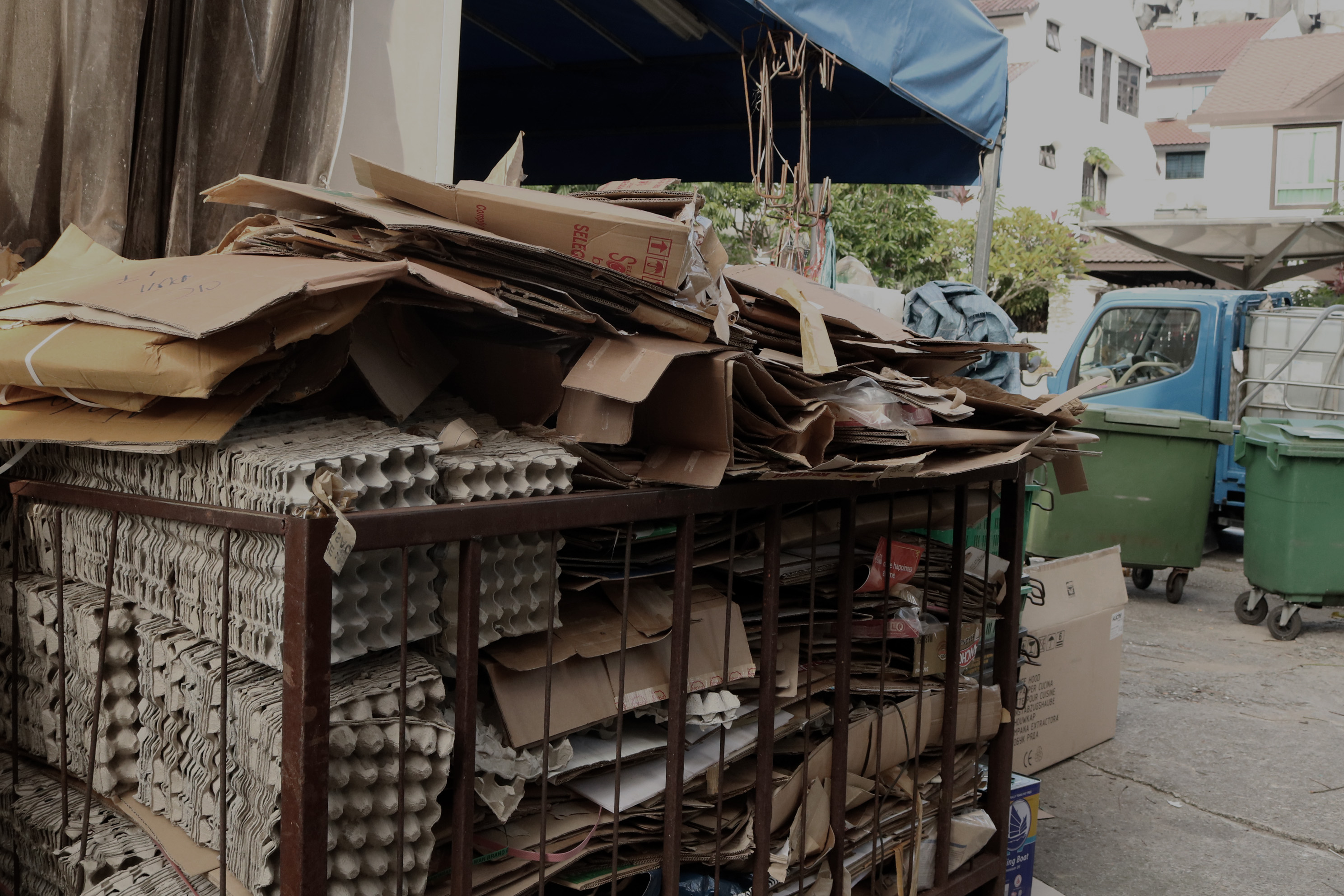

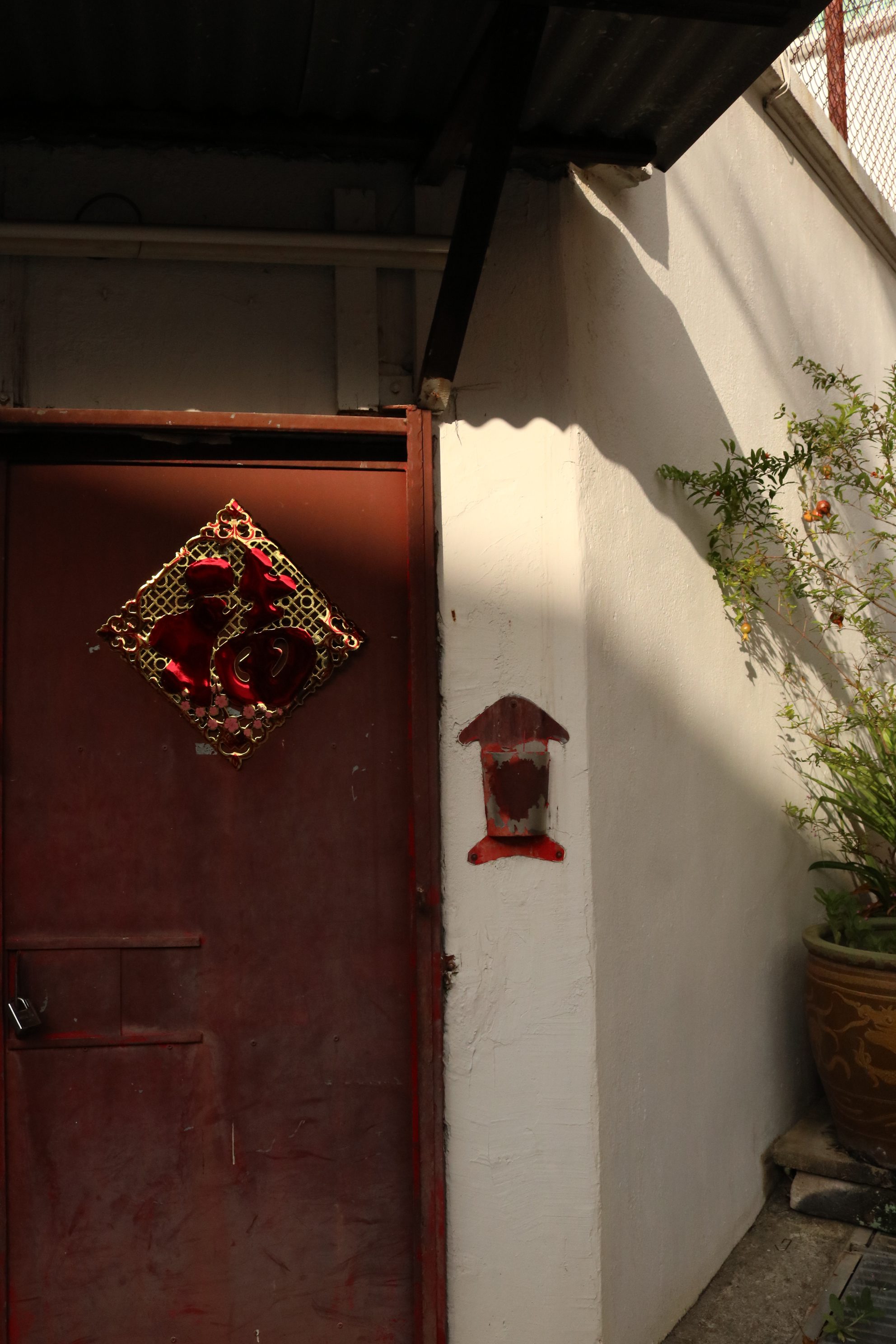




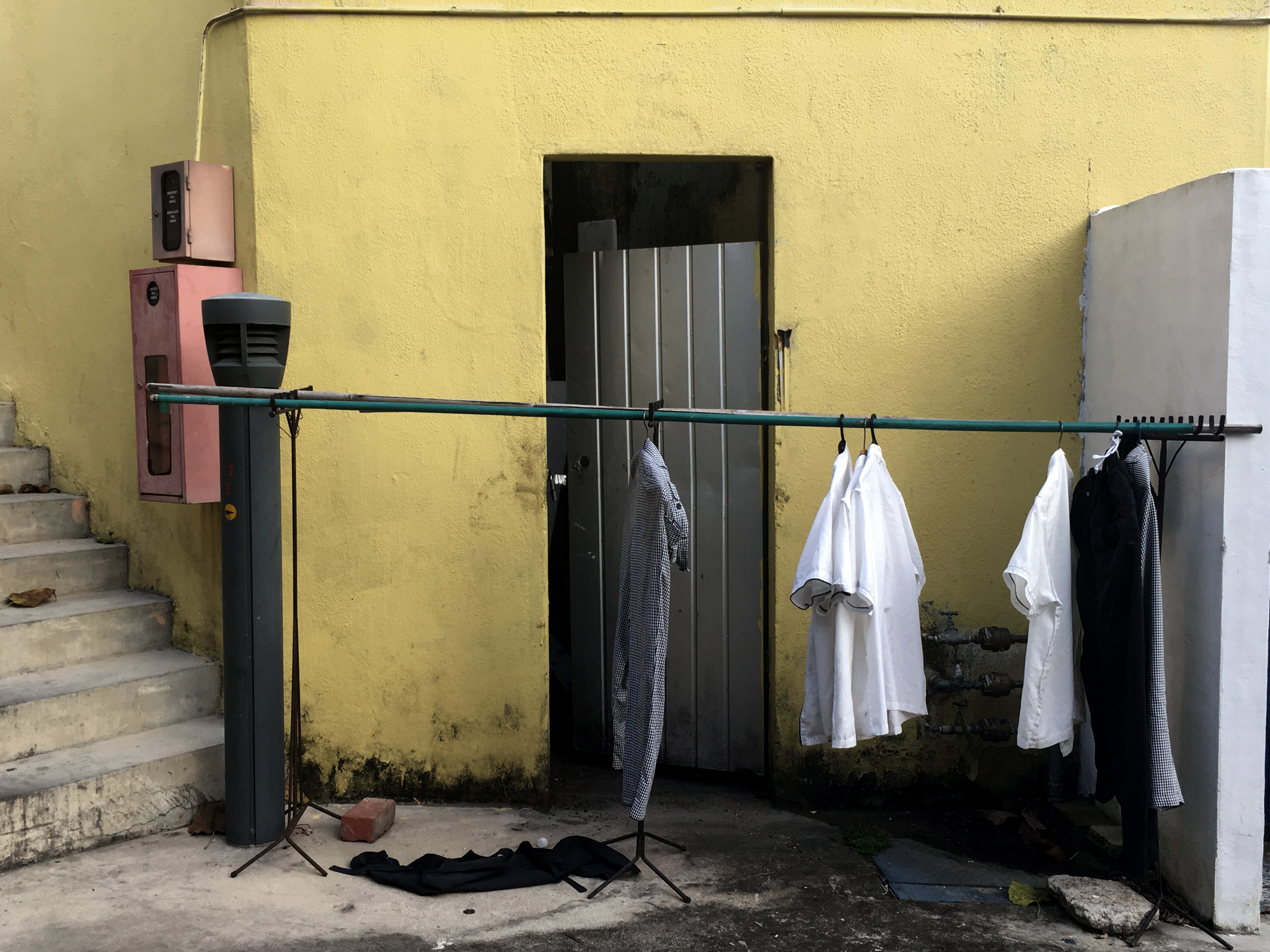
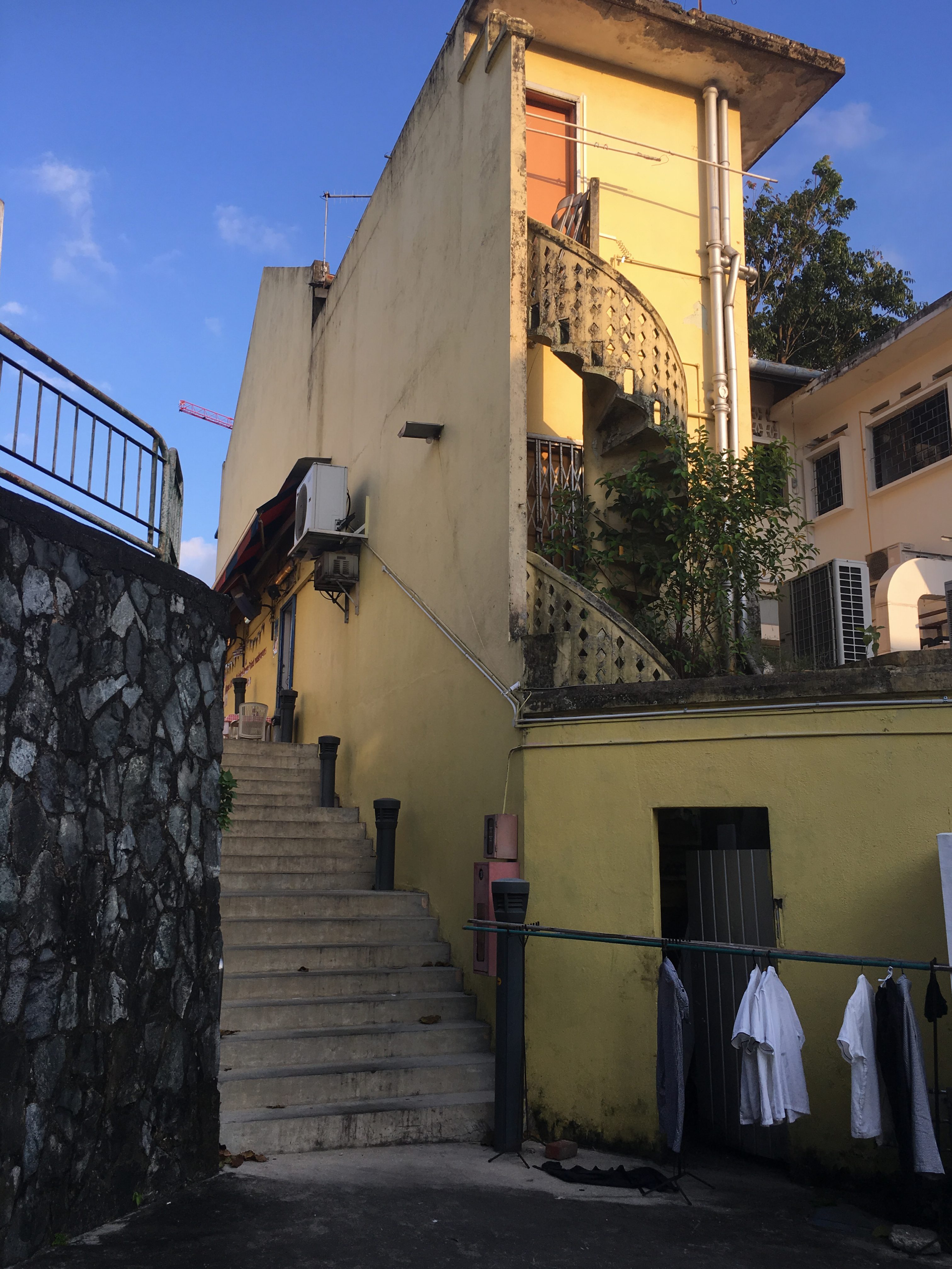
The architecture of these shophouses wasn’t what I would have imagined it to be. It exudes a kind of 70s post-war vibe. Vintage. Retro. I thought I was transported to another era or even country. Besides, I realised that the colours are recurring. 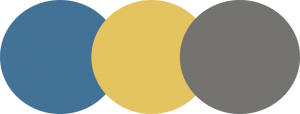
- Idea #2: A series of visuals about the interesting things I found along this route + play with colours
After my first trip to Sengkang, I was left rather confused, undecided on what to do for the project. Should I extend my search to another area? And YEAP I went back again on the following week to further dissect the subject area.
It was raining the day I went back, so I took the bus instead and travelled along Jalan Kayu till the end which I then entered into the British-built military compound. Seletar Airport is just a few minutes drive away and I knew that was going to be my next spot! 
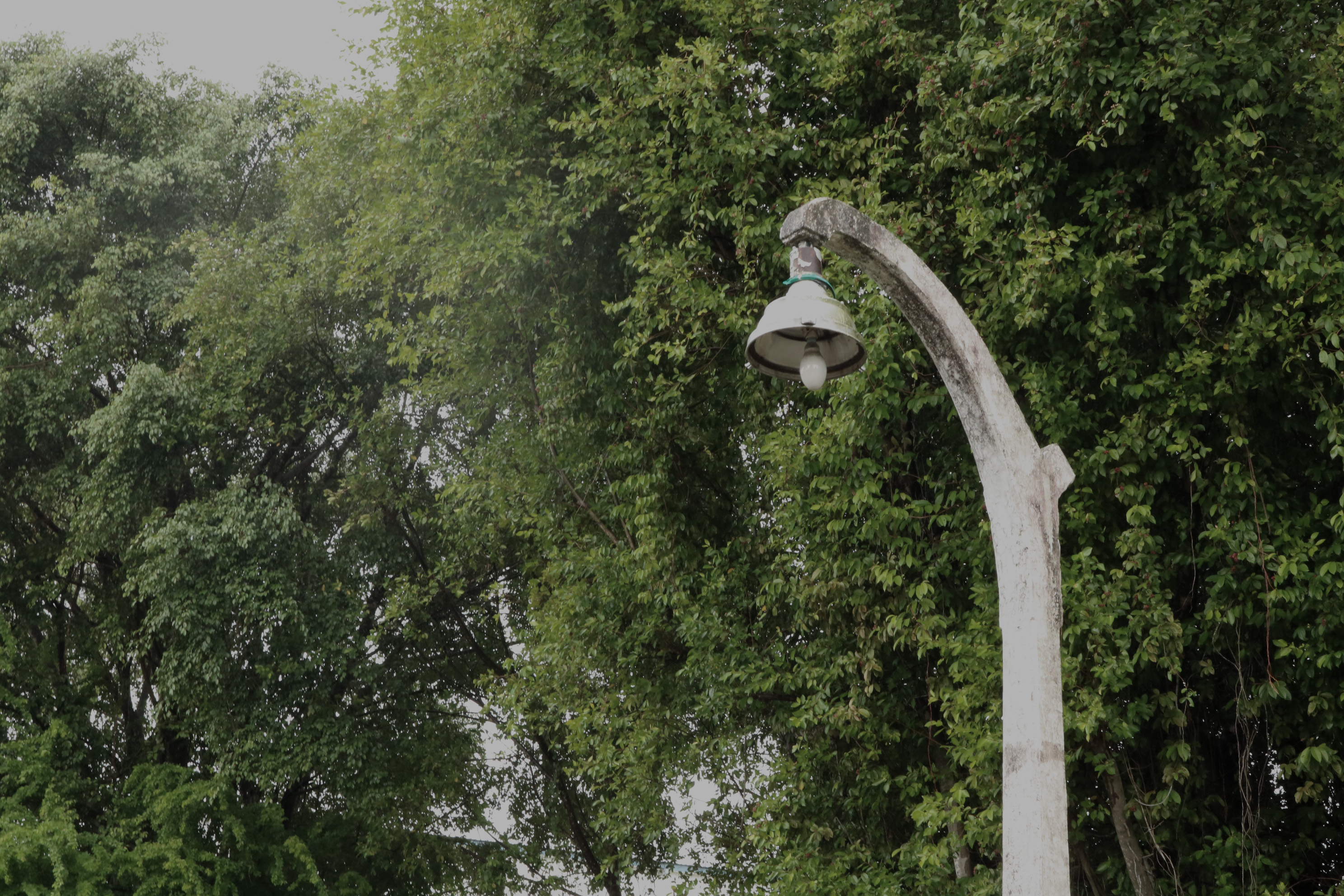





There wasn’t a single passenger there on that day. It did feel like I own the entire airport. After spending some time walking around the airport, I started wondering about my whole existence. What if I disappear right here right now?
Onwards to my next stop – Buangkok.
I wasn’t really that interested about Buangkok area mainly because it has been a “touristy” place. Nonetheless, I decided to pay a visit and see what it has to offer. 
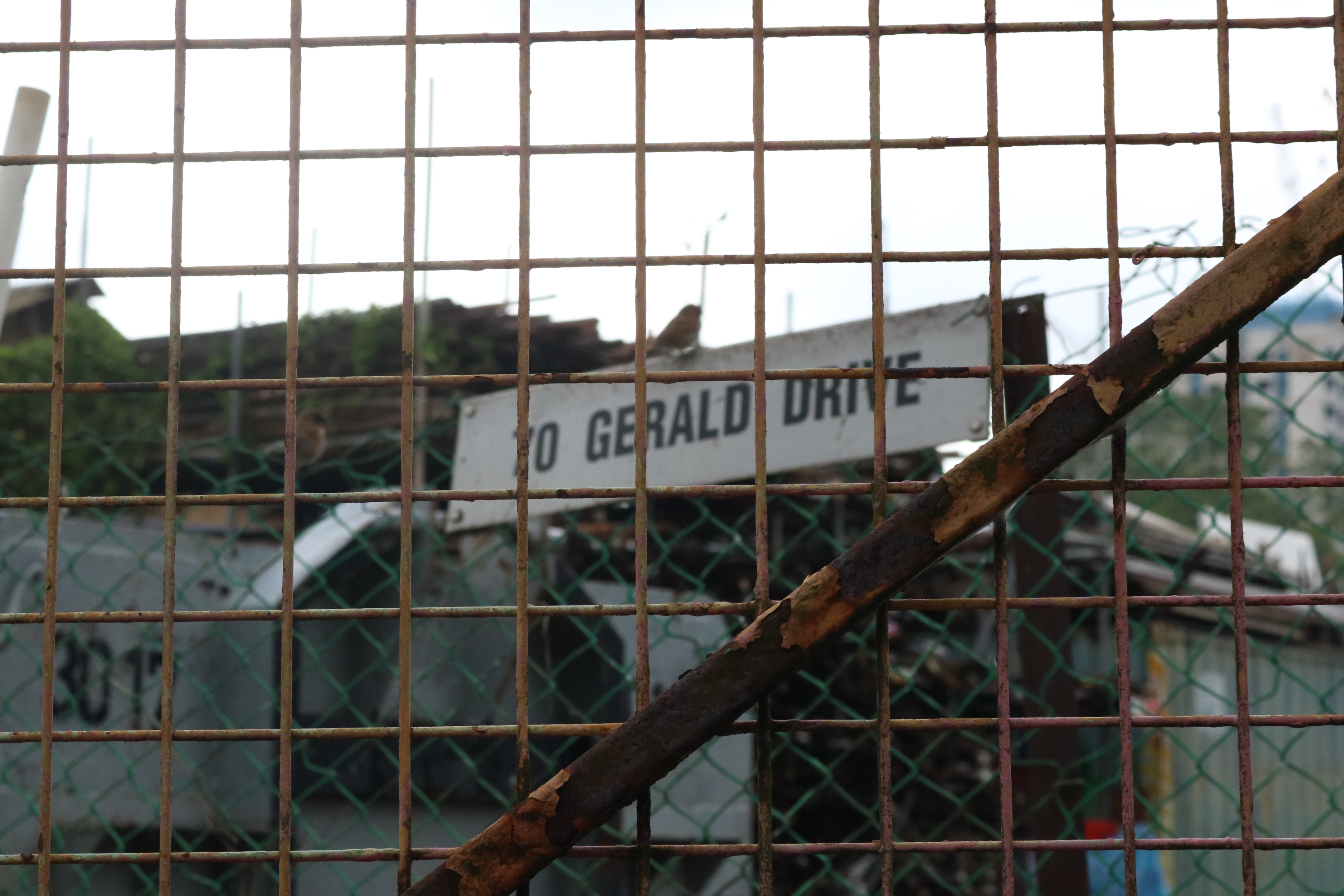

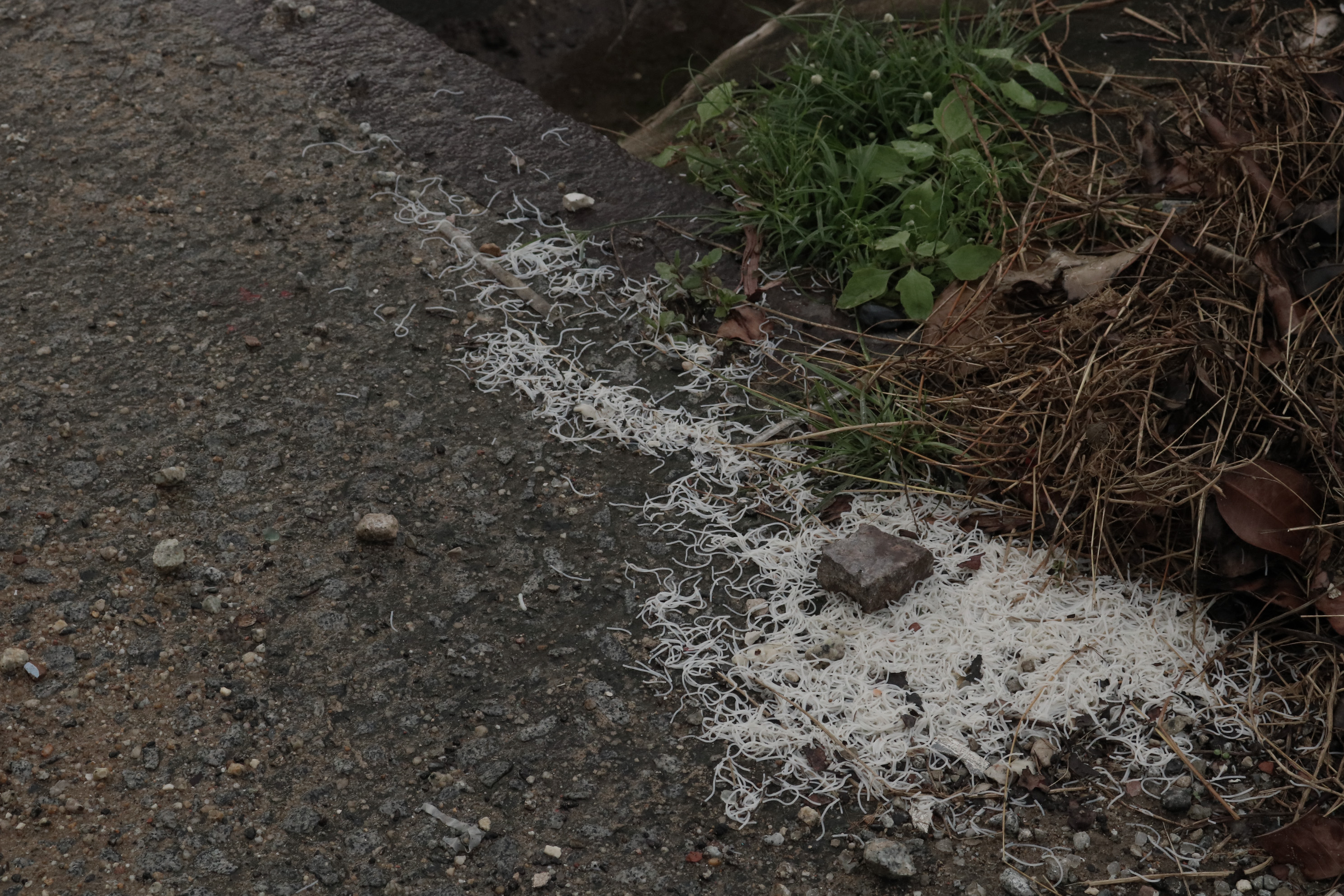
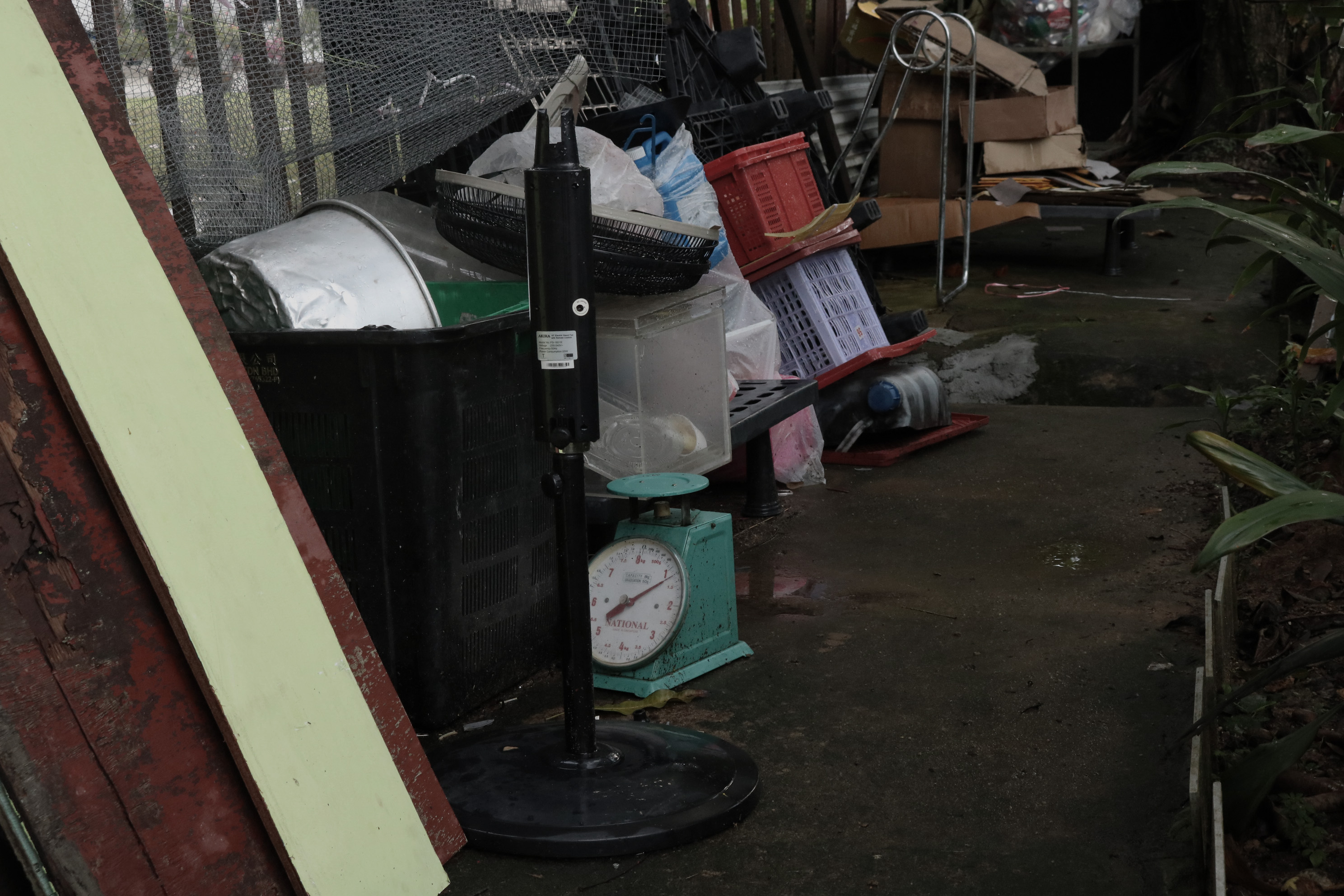
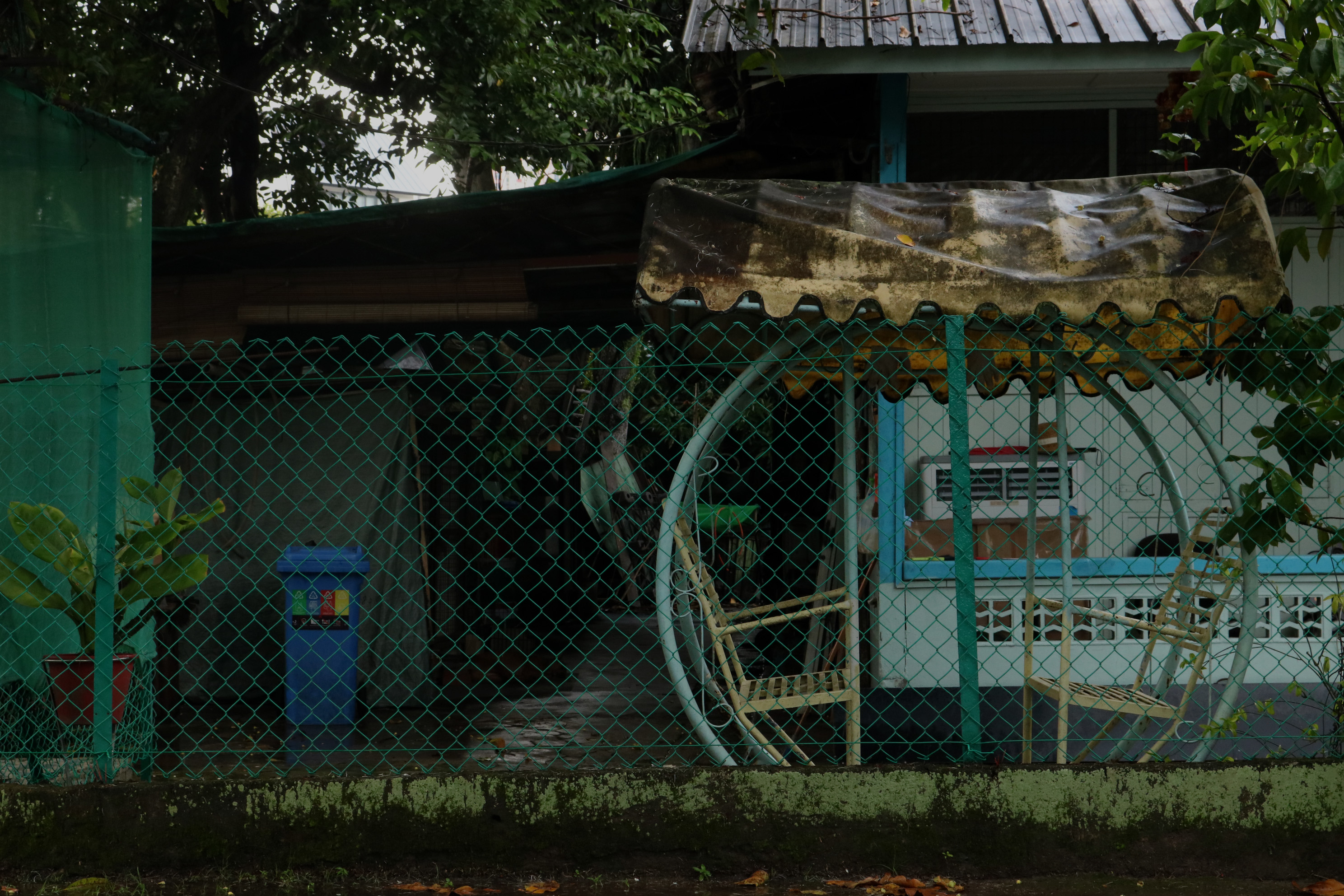

And then it hit me that all the photos I have taken has this same kind of vibe which I feel cold, distant, abandoned and yes LONELY.
It’s time to work on the Zine concept —
LOCATION OBJECT FEELING
2D II | Zine Layouts
#1

I love that the principle of hierarchy in terms of scale is being used here such that the main structure/building covers a bigger area of the page. The designer then zooms in on the details of the structure with smaller photos aside. Besides, there is a substantial negative space left around the photos which makes the elements more visible to the readers. The typefaces used are all the same size and weight, achieving equivalency so that readers’ attention is drawn to the visuals rather than text.
#2

What’s interesting in this layout is the way designer breaks up the text or the photo so that they span across two pages. The typeface is strategically placed, giving the content ample room to breathe. I love how the text is arranged in such a way that the paragraph is aligned to the left when it is on the left side of the page and vice versa when it is on the right. “People read bigger things first” – the designer differentiates the title of each segment by altering the text’s sizing and spacing.
#3
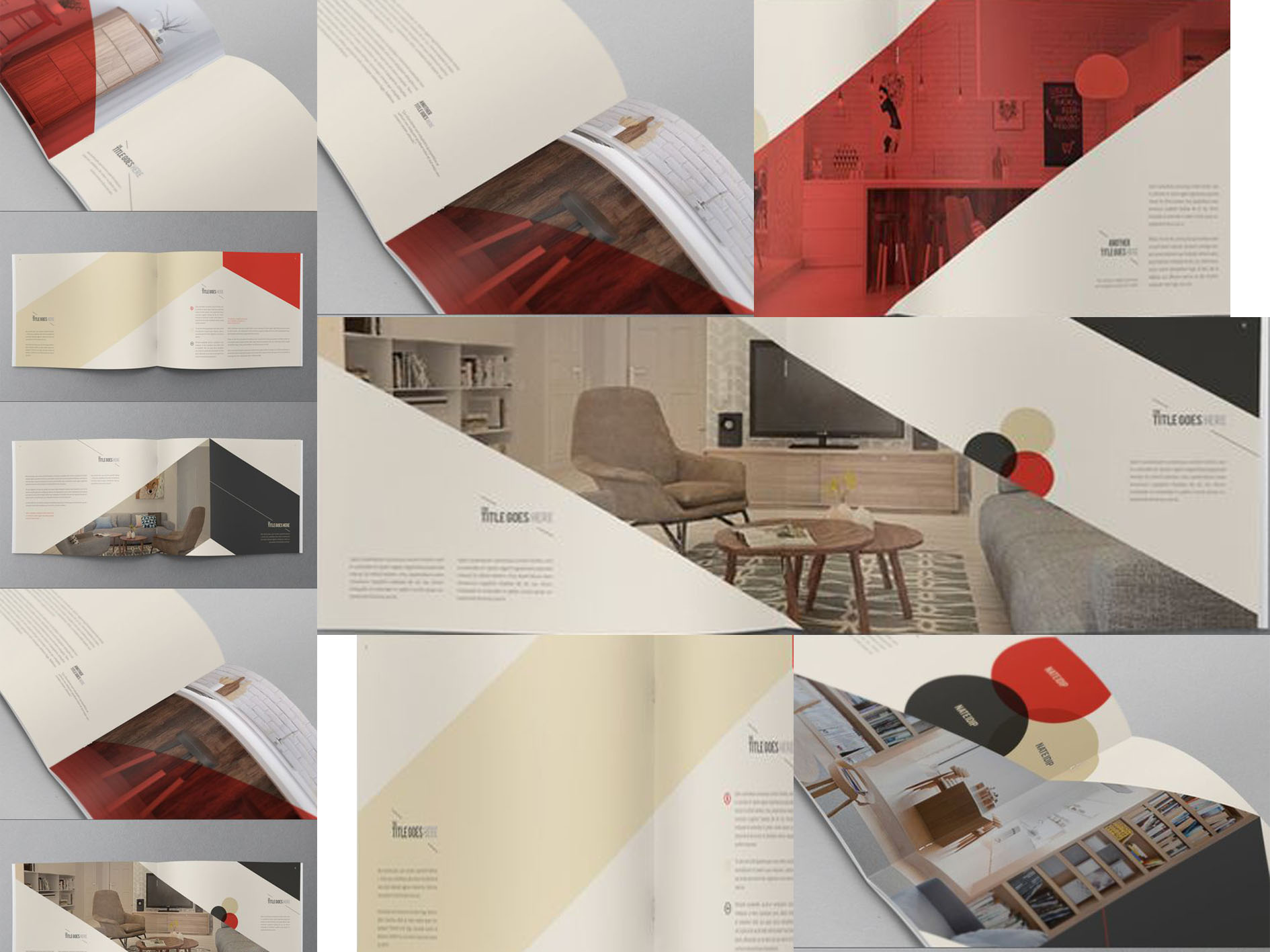
I love the minimalist clean look of this layout. Simple color blocking is used with just three colors – red, sand beige and black. By adding a layer of color onto the photo or part of the photo, it adds visual interest to a normal photograph. With just clean lines and airy space, the whole layout looks more chic and stylish. Color blocking chops up large pieces of content, making it more interesting than an otherwise plain page.
#4

The typeface of this layout attracts me at first sight. I like that the titles are made obvious due to being bigger and bolder. Although all the texts are of the same typeface, visual hierarchy is being established when there is a modification of sizing and its weight. Besides, the photos are broken into grids which add visual interest. There is also a clear structure in this layout such that readers find it easy to focus on the content.
#5

Simplicity is the focus in this layout where Z pattern is being practiced. For instance, the most important information (e.g. heading) is placed at corners and other paragraphs along the top or bottom that connects diagonally. Colors are kept to minimum – cool tones are used mainly with a dash of color in some pages. There is a clear visual hierarchy coupled with white space buffer. This helps to guide viewers through each part of the page. Placing texts on large piece of photographs helps to break up the otherwise monotonous look.
4D II | Evocative Object Final
Group members: Rochele, Xuan Fei, Kou Ying
Project Title: Trash Talk
Location: ADM Level One 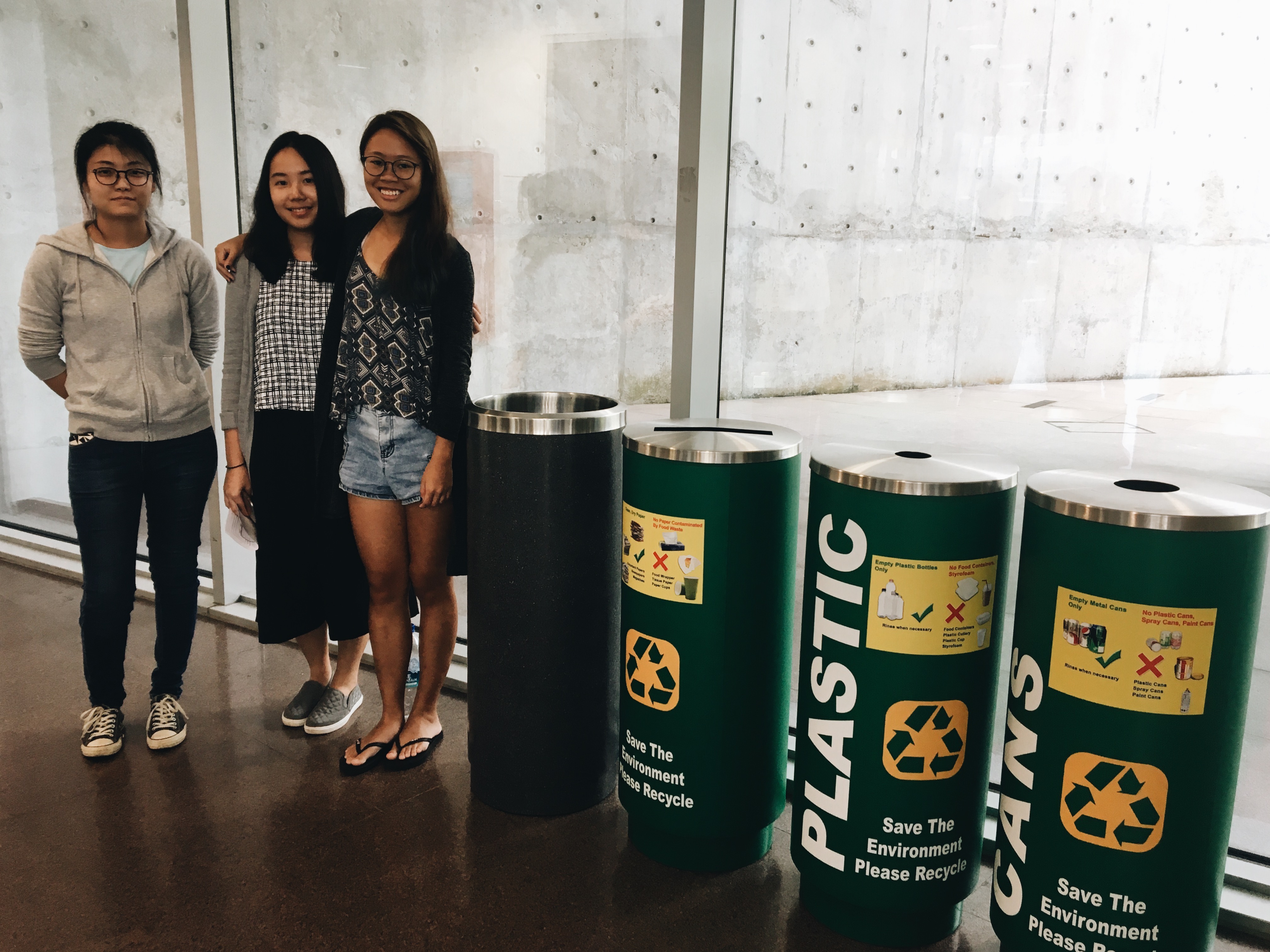
Project Two has come to an end. I would like to say this was definitely one of the most interesting projects I get to do in ADM. And the fact that it was a group work! SO FUN!
As mentioned in my previous post, my group worked with trashcans and recycle bins that can be easily found around ADM. TRASH TALK is our title! (thanks XF for the awesome name!) So are we talking about trash here? Or the trash talking about us?
The objective of this sound installation is to make people aware of the waste they are producing on a daily basis. For example, sneezing sounds can be heard if a recyclable waste is being thrown into a normal bin. People may associate this sound with sickness, hence it suggests a “negative” action which something is wrong and how they can do better next time (think twice before you throw). The sounds that we selected are rather comedic so that overall it is an engaging experience instead of putting people off.
During the presentation, Michael as well as our classmates had given us some feedbacks; things that we can further improve upon and also whether this installation has the potential to grow. Due to the fact that most of our sound effects are comedic, we were left with a question asking us where we could put this work into good use. The response was kindergarten because it is believed that little kids will be more interested in this “cartoon theme” sound installation compared to adults. In order to push this project further, one of our classmates suggest that we could incorporate relaxing nature sounds for the recycling bins to symbolise a small act such as recycling, can help to save Mother Earth. Cool. There was one who suggest using the sound of an object disintegrating/evaporating when a rubbish is placed in the correct bin! It must be satisfying to hear that.
The main challenge that we faced in this Project is to make a connection between sound and its meaning. How do we provide a better, meaningful user experience instead of pure interactive? From misinterpreting the project concept to finally having a clue of what we are supposed to do, it was a great experience with both XF and KY! I love how our group was quick and effective when it comes to ideas and execution. Overall, we have definitely gained a better understanding of sound art installation through this project.
Not to forget, I get to explore the technical part of implementing a sensor network system into the bins!!! (Who knows there is a microcomputer called Raspberry Pi?? HAHA) I guess I have been through an express module in Electrical Engineering, thanks to 4D!
Role: Research, Sound editing, Mockup system designer
BTS –
4D II | Evocative Object Process
Group members: Rochele, Xuan Fei, Kou Ying
We had our ideas presentation the other day which three of us get to propose three different ideas. My initial idea of playing with mirrors/reflective glass was not good enough. People may not be able to relate to the stories of other people and the purpose of this project is to involve the viewers into the world of the object, by using sound.
We decided to scrape our ideas altogether and went to explore around. After a good ol’ 30 minutes, we settled on the idea of “talking bins”. 
We thought of using sound effects such as scream, shout, cries to express how a trash feels when it is being thrown into the bin. This helps to raise environmental awareness. For instance, people will be more aware of how they handle waste or even cut down on the amount of waste they throw away. Michael told us that we should make the sound message clearer in order to communicate our main message to the public. Therefore, we plan to incorporate messages like “Thank you”, “Well done” for people who disposed the trash into the right bins, while messages like “Oh No!”, “What are you doing???” for every wrong trash being placed into the bin, together with the sound effects.
The final idea for this project is to use proximity sensors to detect objects that are being thrown into the bins. In order to do this, the bins will be remodelled. For instance, the opening of the bin will have a slope so that the rubbish will fall towards a certain direction and hit on the metal plate in the bin. The metal plate is made of alloy materials, with spring coils underneath for the convenience of heavier objects. The rubbish will slide across the plate so that it can be detected by the sensors on the opposite side.
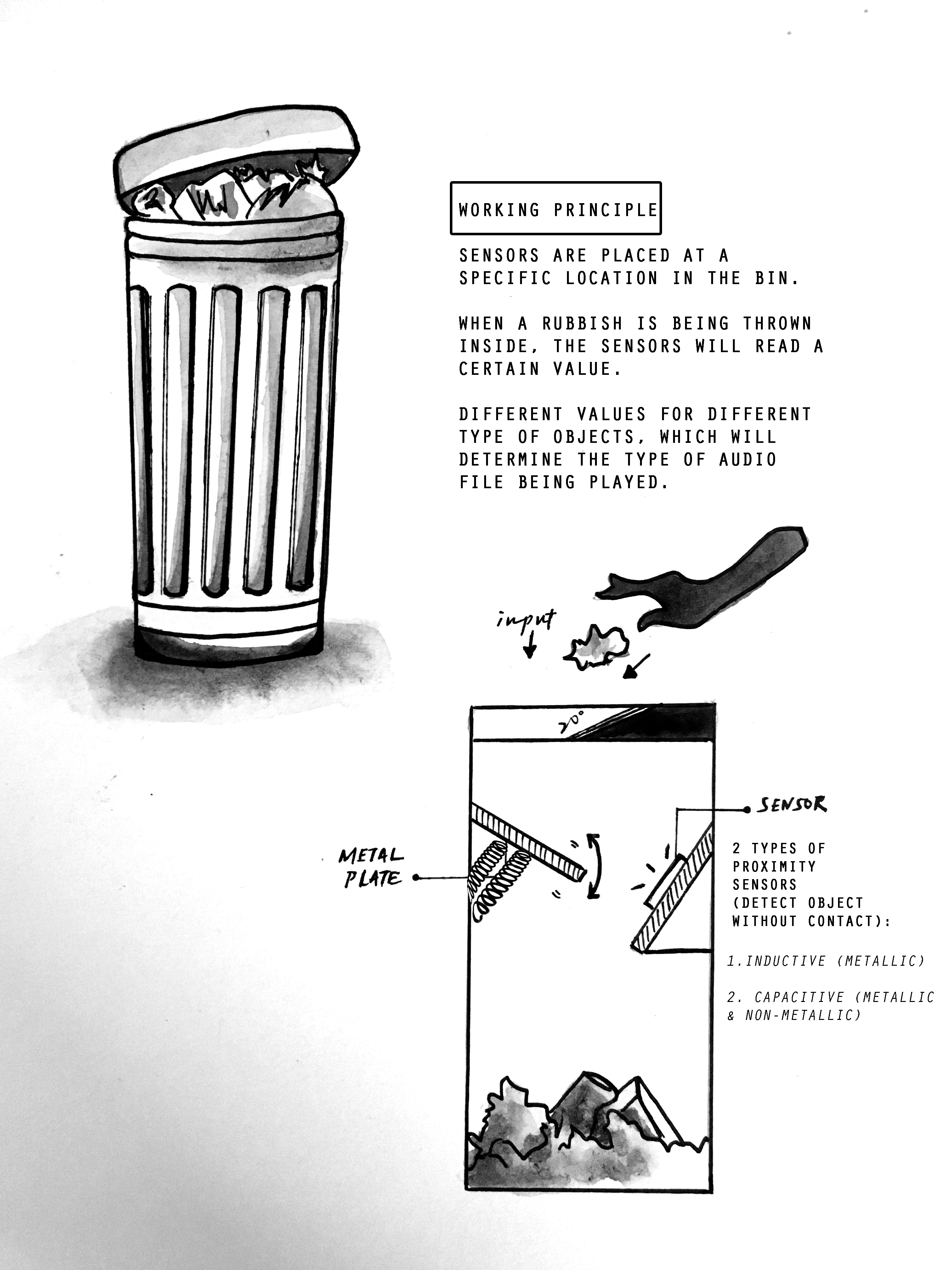
A brief description of the technical part:
The components involved are Raspberry PI, Arduino Uno, Inductive Proximity Sensor (IPS) and Capacitive Proximity Sensor (CPS). By interfacing Raspberry PI with Arduino Uno, analog values from the sensors can be read. There is a range of value given to each type of object –
EXAMPLE
| PAPER (VALUE RANGES FROM IPS;80-100, CPS;100-120) | IPS = 90 | CPS = 110 |
| PLASTIC (VALUE RANGES FROM IPS;0-50, CPS;150-200) | IPS = 10 | CPS = 200 |
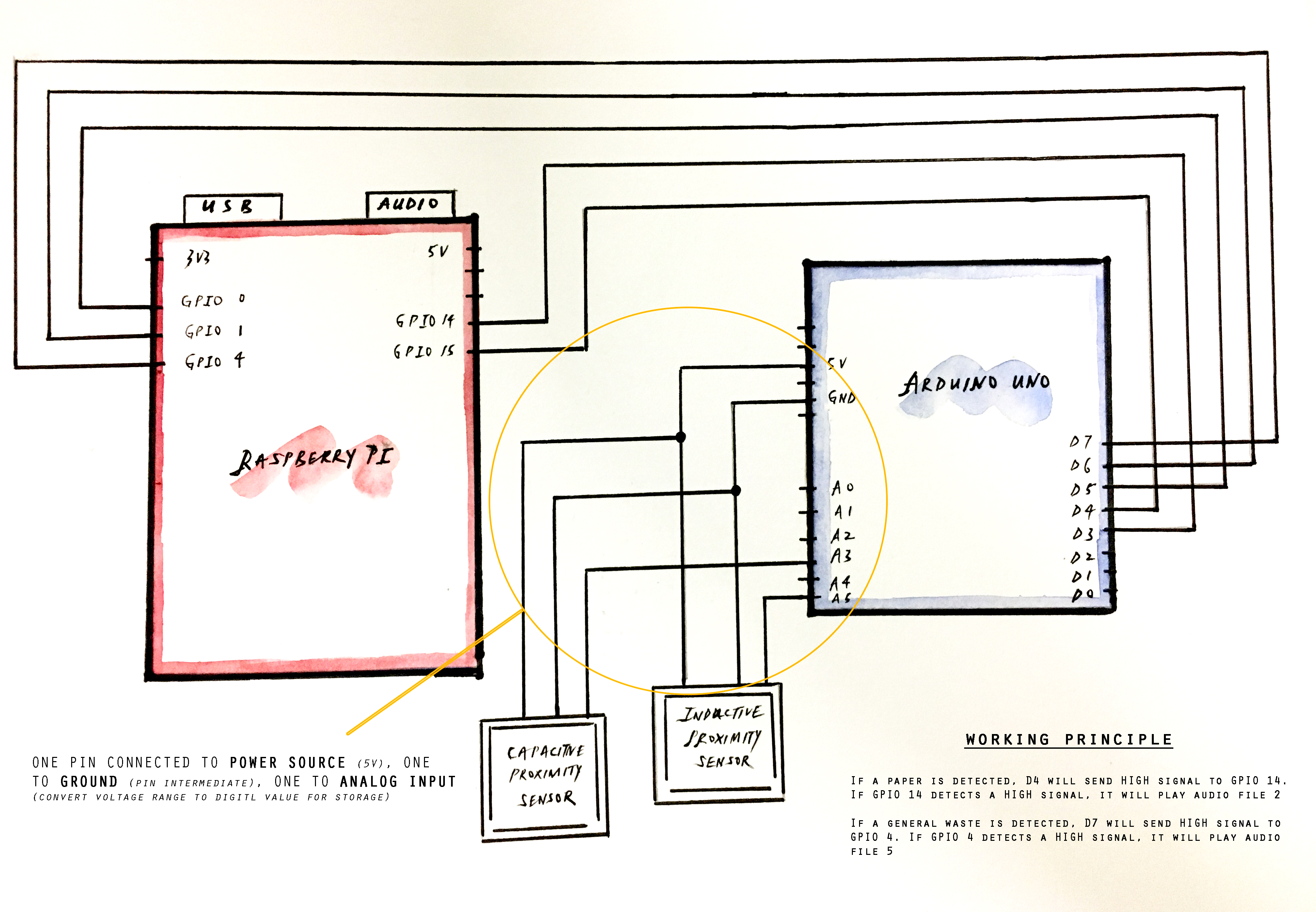
Each type of object has its own pin (D1,D2,D3, etc) on Arduino Uno so that signals will be transmitted to Raspberry PI from each respective pin. When high signal is detected, specific audio file will be played.
EXAMPLES
^ when a can is being thrown into the correct recycle bin
^when a can is being thrown into the normal bin


